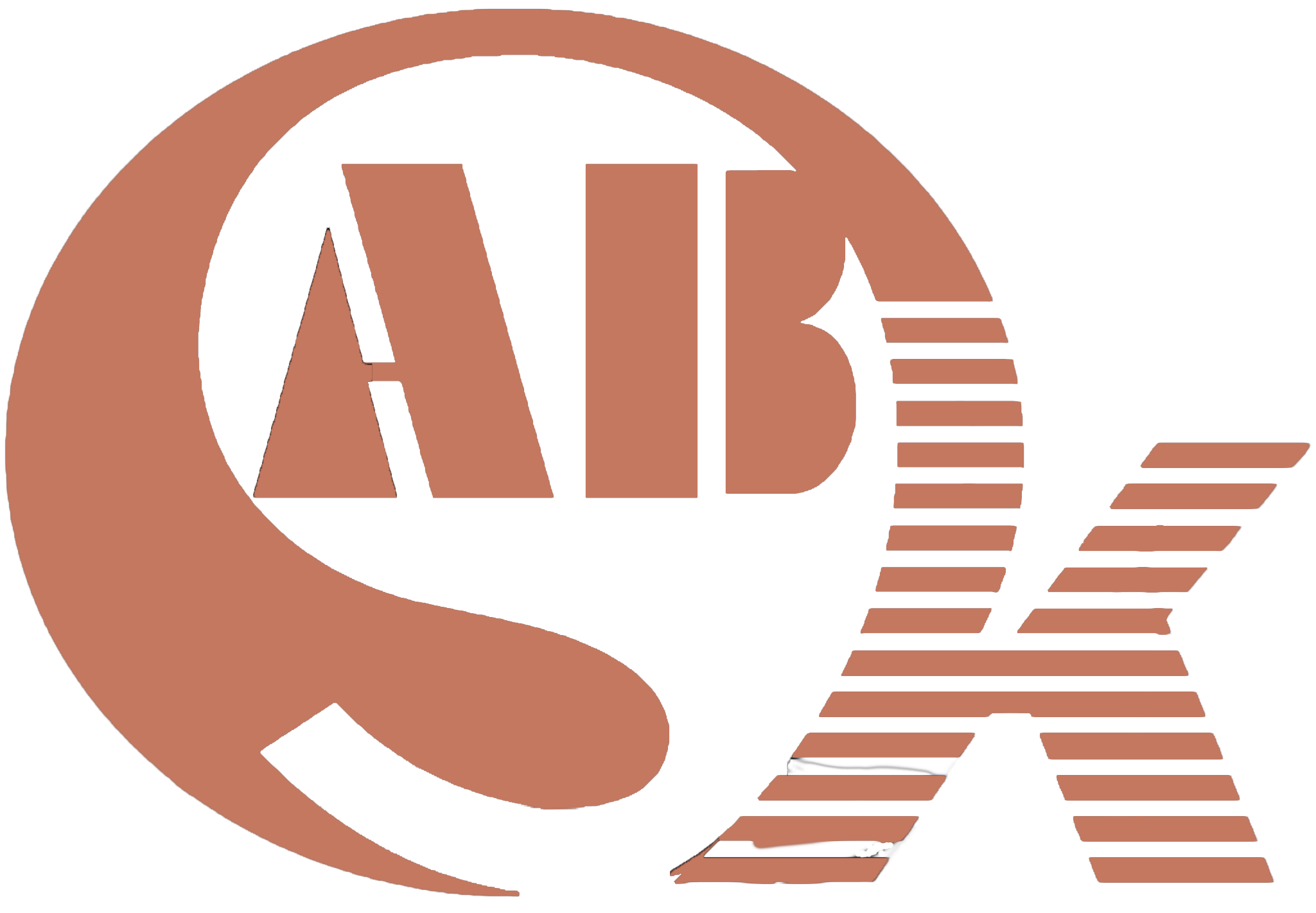Mastering the Rotary Position for Welding: Key Tips for Success
Welding is an essential skill in various industries, from construction to automotive and aerospace. Achieving high-quality welds consistently requires not only expertise but also the right equipment and techniques. One crucial aspect often overlooked is the rotary position for welding. In this article, we’ll delve into the importance of understanding and mastering the rotary position, along with five key tips to enhance your welding efficiency.
The Significance of Rotary Position for Welding
The rotary position for welding refers to the orientation of the workpiece and the welding torch relative to gravity. It plays a pivotal role in achieving a strong, durable, and aesthetically pleasing weld. Ignoring this factor can result in uneven welds, reduced structural integrity, and increased rework.
Mastering the rotary position for welding is akin to mastering the art of welding itself. Here are five key tips to help you navigate this essential aspect of the welding process.
- Utilize Welding Positioners
Welding positioners are invaluable tools that allow you to manipulate the orientation of your workpiece with ease. They come in various sizes and configurations, from simple manual units to sophisticated automated systems. Using a welding positioner ensures that your workpiece is in the optimal position for welding, reducing the need for awkward body positioning and minimizing fatigue.
Rotating your workpiece with precision is particularly crucial when dealing with complex joint configurations or large, bulky materials. Additionally, positioners enhance safety by reducing the risk of accidents caused by unstable workpieces. Investing in a welding positioner is a smart move to boost both productivity and weld quality.
- Understand the Importance of Joint Design
The type of joint you’re welding greatly influences the required rotary position. Whether it’s a fillet joint, butt joint, or lap joint, understanding the joint design is key to achieving a successful weld. Different joint configurations may necessitate various welding positions to ensure proper fusion and penetration.
For example, welding a vertical joint may require a downward or upward progression, depending on the specific circumstances. By comprehending the joint design and its implications on the welding process, you can choose the most suitable rotary position and welding technique, ultimately resulting in stronger and more aesthetically pleasing welds.
- Optimize Travel Speed and Torch Angle
Controlling the travel speed and torch angle is fundamental to achieving a high-quality weld. The rotary position for welding influences these parameters significantly. As you rotate the workpiece, you must adjust the travel speed and torch angle to maintain consistent bead size and penetration.
In some cases, you may need to alter the rotation speed of your positioner to match your desired travel speed. Additionally, the torch angle should be adjusted to ensure proper heat input and fusion. Experimentation and practice are crucial in mastering this aspect of welding, as it varies depending on the welding process and material being used.
- Consider Preheating and Post-Weld Heat Treatment
Preheating and post-weld heat treatment are essential steps in many welding applications, and they are closely tied to the rotary position. Preheating helps reduce the risk of cracking and ensures uniform heating, while post-weld heat treatment can relieve residual stresses and improve weld toughness.
The rotary position can affect the efficiency and effectiveness of these heat treatment processes. Properly positioning the workpiece allows for more even heating and cooling, leading to better results. Understanding how the rotary position impacts heat treatment is crucial for achieving the desired weld properties and ensuring the longevity of welded components.
- Continuously Monitor and Adjust
Welding is not a static process, and the rotary position may need to be adjusted as you progress. It’s essential to monitor the weld pool, bead appearance, and penetration throughout the welding process. If you notice any irregularities or deviations from the desired results, be prepared to make real-time adjustments to the rotary position, travel speed, and torch angle.
Moreover, consider using advanced welding technologies such as remote monitoring and robotic welding systems, which can provide real-time data and control options to enhance your welding precision. Adapting to changing conditions and fine-tuning your approach will help you consistently produce high-quality welds.
Conclusion
Mastering the rotary position for welding is a crucial aspect of achieving top-tier weld quality and efficiency. By utilizing welding positioners, understanding joint design, optimizing travel speed and torch angle, considering heat treatment, and continuously monitoring and adjusting your technique, you can solve common welding problems and elevate your welding skills to new heights. Remember that practice and experience are essential in becoming a proficient welder, so embrace opportunities to hone your craft and consistently deliver exceptional welds.
